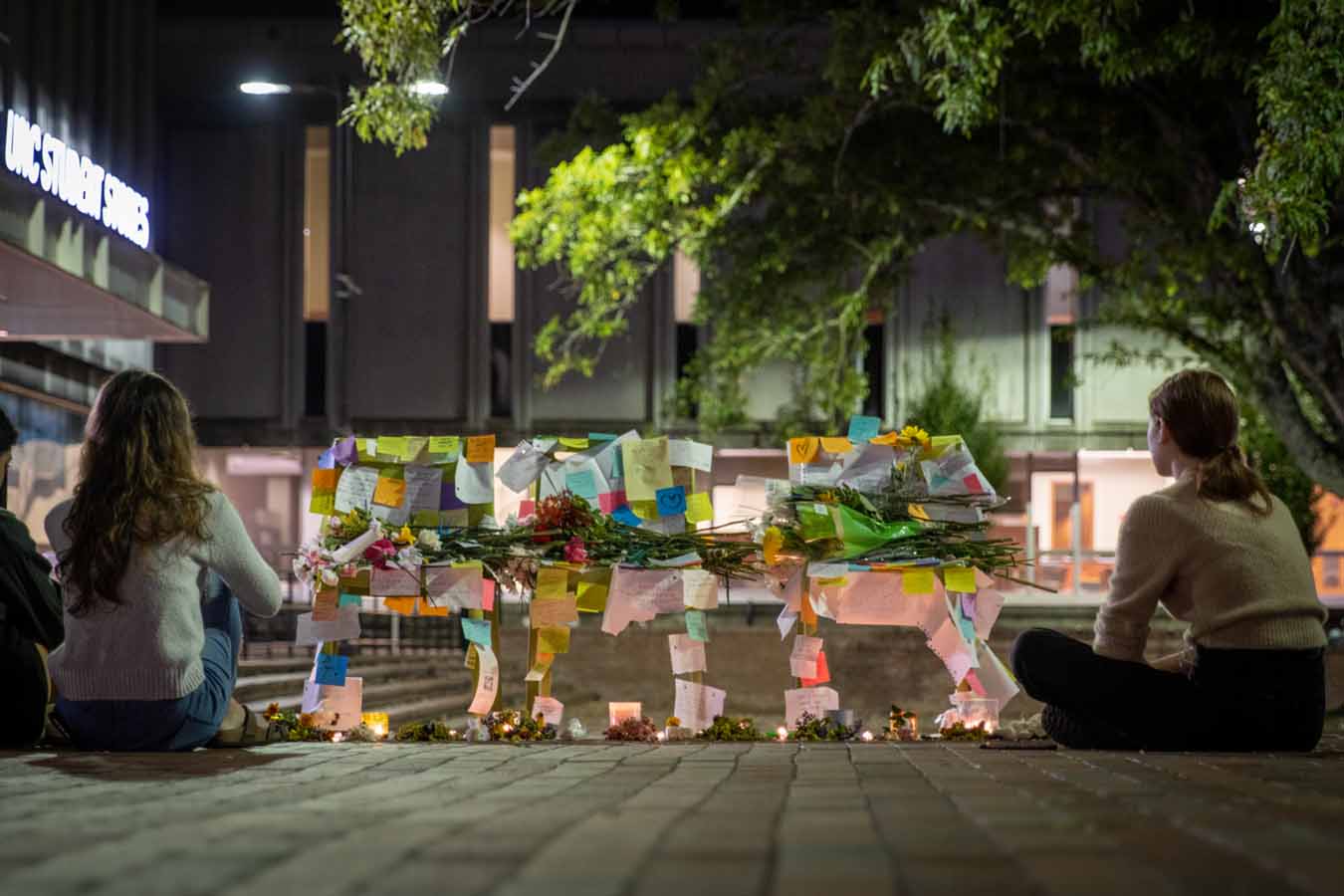If you or someone you know is in crisis, call the National Suicide Prevention Lifeline at 1-800-273-8255 or text HOME to the Crisis Text Line at 741741.
CHAPEL HILL, N.C. — Ethan Phillips was 13 years old when he first heard the term “suicide contagion.”
It’s the scientific concept that after one person dies by suicide, others in the community may be at higher risk.
Phillips learned the phrase growing up in Fairfax County, Virginia, where more than a dozen teens and preteens died by suicide while he was in middle school. It came up again when a high school classmate killed himself. By the time Phillips entered college at the University of North Carolina-Chapel Hill in 2019, he’d developed “an unfortunate level of experience” in dealing with the topic, he said.
So this fall, when Phillips — now a junior and head of the student government’s wellness and safety division — heard that two students had died by suicide on campus within 48 hours, he knew what to do. Along with his peers in student government, Phillips shared mental health resources on social media, developed email templates for students to request accommodations from professors and held a meeting of various mental health clubs on campus to coordinate their response. His focus was first on communicating quickly and clearly, and second on informing students about mental health resources available to help them deal with their grief.
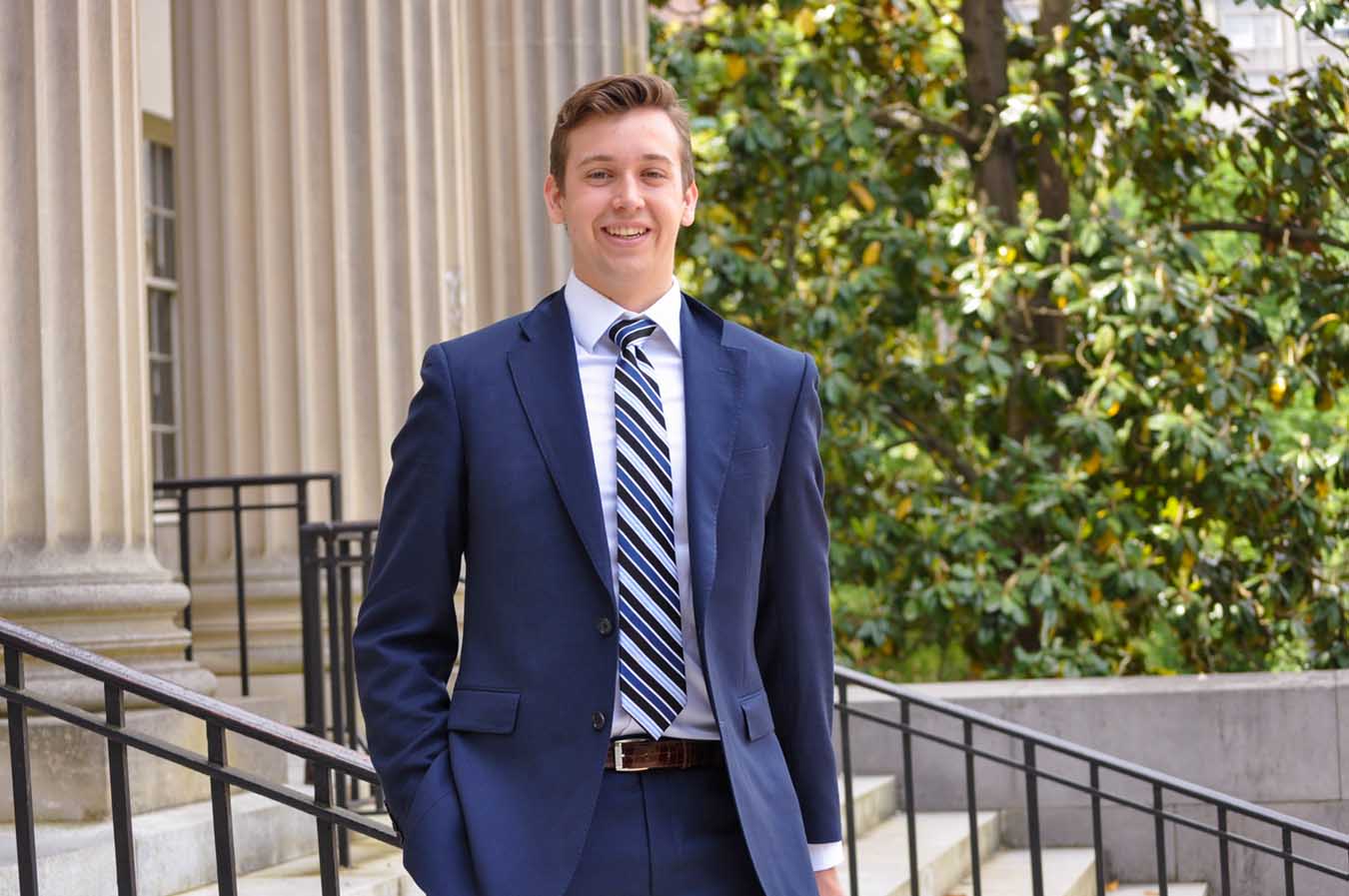
Those are two crucial steps in a growing area of study known as “suicide postvention.” Just as there’s research on the prevention of mental health crises and interventions for people who are actively suicidal, research is also developing around the steps that can be taken after a suicide to help communities grieve, restore a sense of stability and limit the risk of more deaths.
It’s an area of particular interest for colleges, as suicide is the second-leading cause of death for U.S. teenagers and young adults, and these are the groups most likely to experience contagion. With the covid-19 pandemic exacerbating depression and thoughts of suicide, several universities have needed postvention strategies over the past year and a half.
Saint Louis University, Dartmouth College and West Virginia University have lost multiple students to suicide during the pandemic. At UNC, the two deaths in October came after a suicide death and suicide attempt in September, according to the campus police log. A national survey in the spring by the American College Health Association found 1 in 4 students had screened positive for suicidal thoughts and 2% had attempted suicide in the past 12 months.
“Knowing this, we have to be even more alert,” said John Dunkle, former director of counseling services at Northwestern University and a senior director with the nonprofit Jed Foundation, which works to prevent youth suicide. “Getting that postvention plan in place before a tragedy occurs is really critical.”
Schools should know how they will communicate the news, identify students at greatest risk of harming themselves, deploy counseling resources and determine whether to hold memorials, he said.
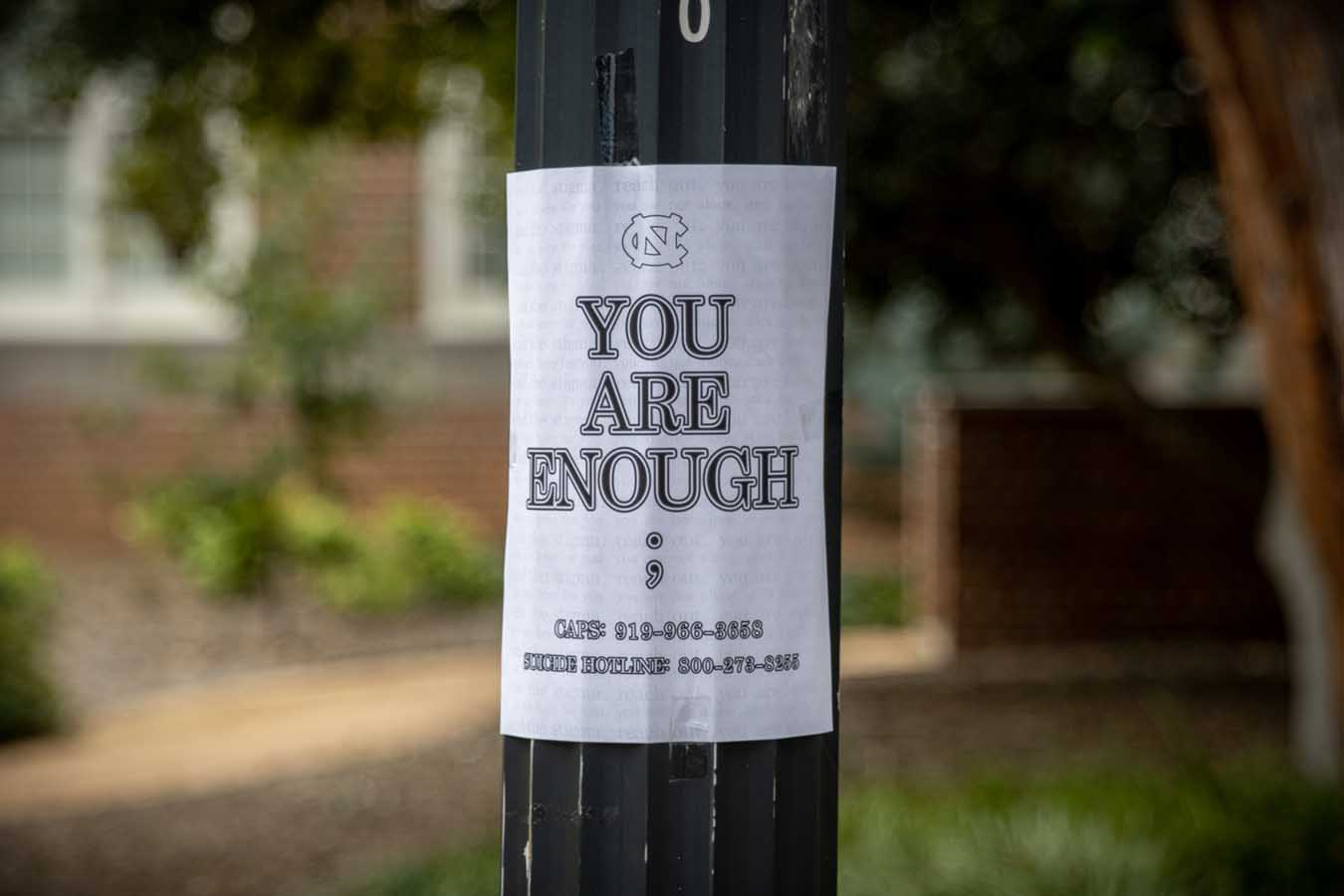
Julie Cerel, director of the Suicide Prevention and Exposure Lab at the University of Kentucky, said her research shows that, on average, 135 people are affected by each suicide. Postvention strategies can prevent suicides among that group, she said.
Yet creating a postvention plan is a challenging task, involving the uncomfortable topic of death, thorny legal questions of liability and the sometimes conflicting desires of the deceased student’s family and the campus population.
Phillips saw these complexities when he was in middle and high school. So when UNC leaders took a day and a half to release a statement on the October suicides, he understood why.
Still, he saw the repercussions of that delay in the college community. Rumors swirled on social media and people wondered if the university was ignoring the issue. “Where it showed its negative effects most acutely were in faculty who did not know what was occurring on campus,” Phillips said. Some were caught off guard by students’ grief and anger at the university or requests for extensions on assignments.
UNC declined to answer questions about its response to the suicides and whether it has a postvention plan. On Nov. 15, the university did hold a one-day mental health summit “for faculty, staff and student leaders” to address campus culture, crisis services and prevention. In a written statement, the university said it also plans to launch a campuswide mental health campaign to make students and other community members aware of the signs and symptoms of mental health distress, and inform them of the different ways they can reach out to each other and to university services for support.
Dunkle said communication is among the trickiest pieces of postvention. While students want information immediately, universities can be hamstrung by pending death investigations or a family’s wishes for privacy. Officials also must avoid sharing details, like the manner of suicide, as that can increase contagion.
What’s most important, Dunkle said, is to provide mental health resources.
After the suicides, UNC’s communication to students listed the campus counseling center, the dean of students office, peer support services and national hotlines. The school also created temporary support centers with counselors throughout campus.
But since the centers were open only during the daytime, Phillips said, some students found it difficult to go between classes.
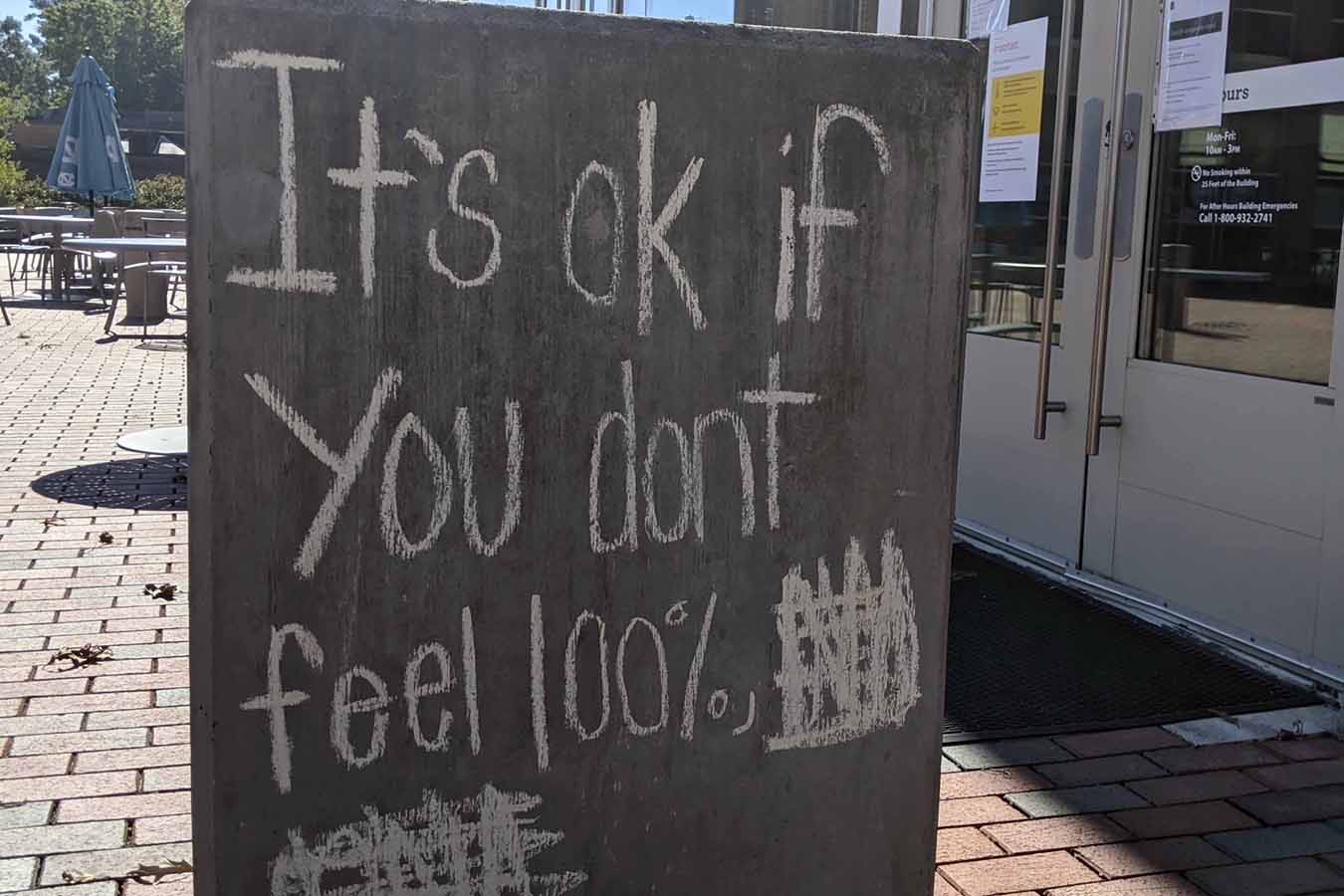
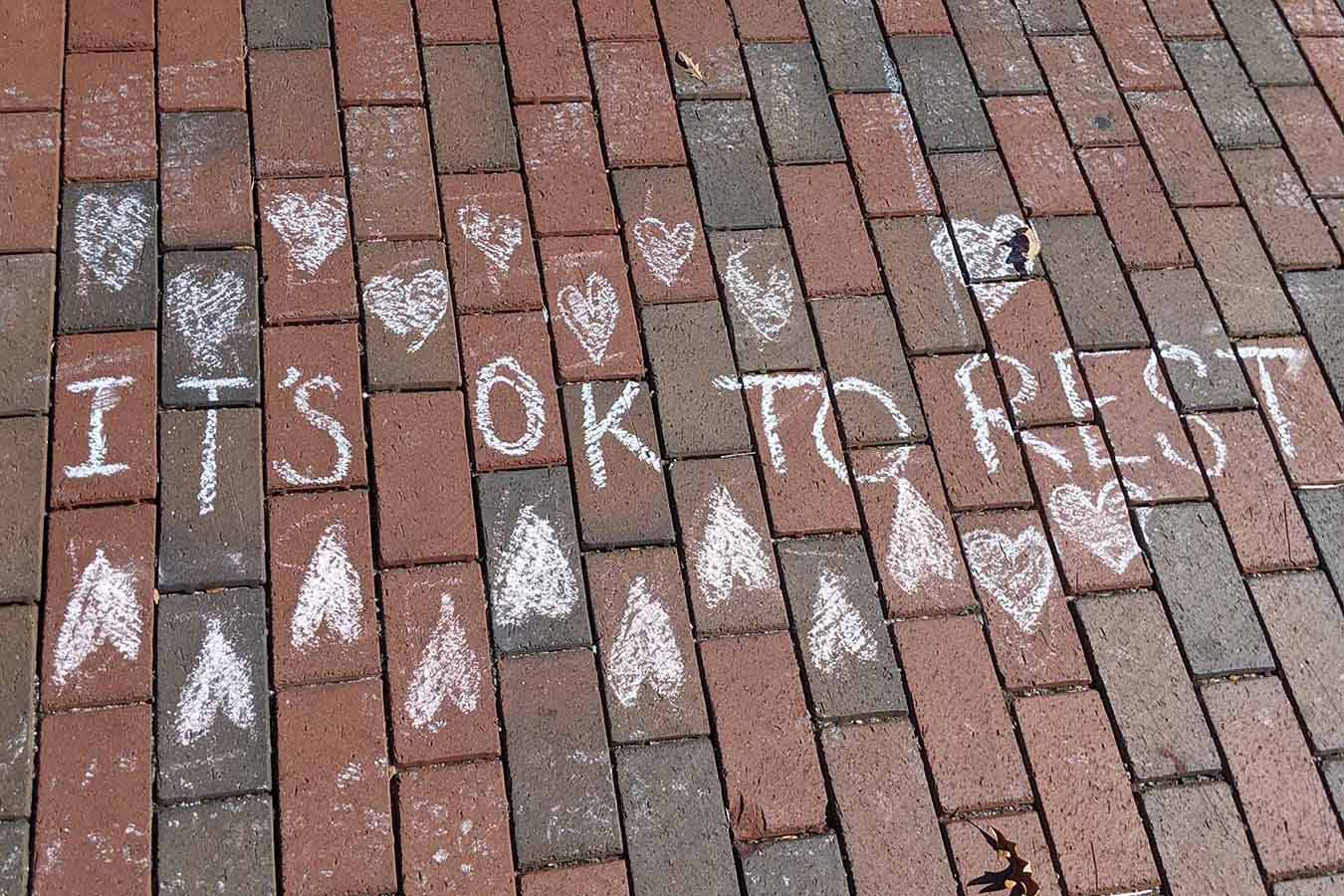
Christopher Grohs, a student in occupational therapy and director of health and wellness for the graduate and professional student government, echoed that concern. Many graduate students have told him they don’t know where the counseling center is on UNC’s 729-acre campus or how to use it. “A big barrier to using a resource is being able to locate it,” Grohs said.
This on-the-ground understanding is why students should be consulted when universities develop postvention plans, said Amy Gatto, a senior manager at Active Minds, a nonprofit focused on mental health for young adults. “They’re going to be able to give more valuable feedback than just a committee of staff members.”
At Johnson C. Smith University — a small, historically Black college in Charlotte, North Carolina — counseling services director Tierra Parsons said she looks for opportunities to survey students and adjust services accordingly. Over the years, students have suggested they’d like more virtual and text-based options, she said. In fall 2020, the school brought on telehealth provider TimelyMD. This year, it asked social work graduate students to spend their internship hours in undergraduate residence halls to be available to students where they live.
“We want to be where students need us, and sometimes that requires coming out from behind the desk,” Parsons said.
Equally important as campuswide outreach is directly contacting those who were closest to the student who died, mental health experts say.
At the University at Albany in New York, the counseling center creates a list of these students and fast-tracks them to an urgent consult if they reach out, said center director Karen Sokolowski. If the students don’t reach out, counselors contact them to talk about grief and ask whether they need extensions on homework or time away from school.
Students should also be asked about their access to lethal means, said Qwynn Galloway-Salazar, student division chair for the American Association of Suicidology. Depending on their answers, the university could distribute gun locks, talk about safe storage of medications or, more generally, limit access to the top floors of tall buildings. After a series of suicides at Cornell, the university added safety nets to local bridges.
Another important postvention step can be limiting memorials. Although students need opportunities to grieve, experts say memorials sometimes glamorize suicide and lead others with suicidal thoughts to see death as a way to receive love and attention. Instead, they suggest directing students to volunteer or donate to a cause they care about in their classmate’s memory.
At UNC, in the days after the two suicides, members of the campus Active Minds chapter wrote more than 150 notes of affirmation and distributed them with lists of mental health resources, said club co-president Evan Aldridge. Other students wrote messages in chalk outside the student union reminding peers “it’s OK to rest” and “you are so loved.”
Although those messages have faded in the weeks since, the students’ postvention efforts have not.
Phillips said they should continue for years, just as they have where he grew up. “I don’t know that we’re ever out of postvention.”



